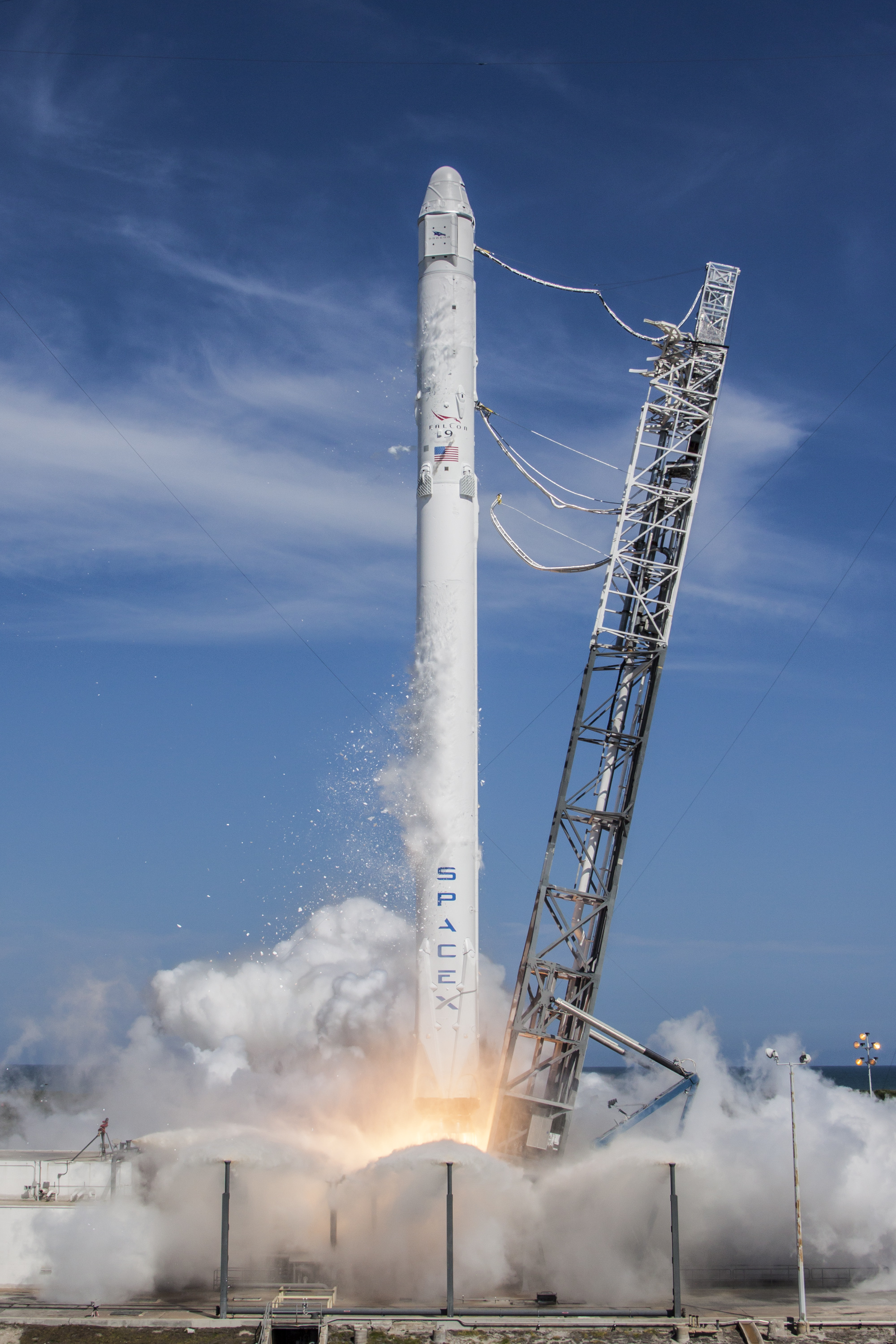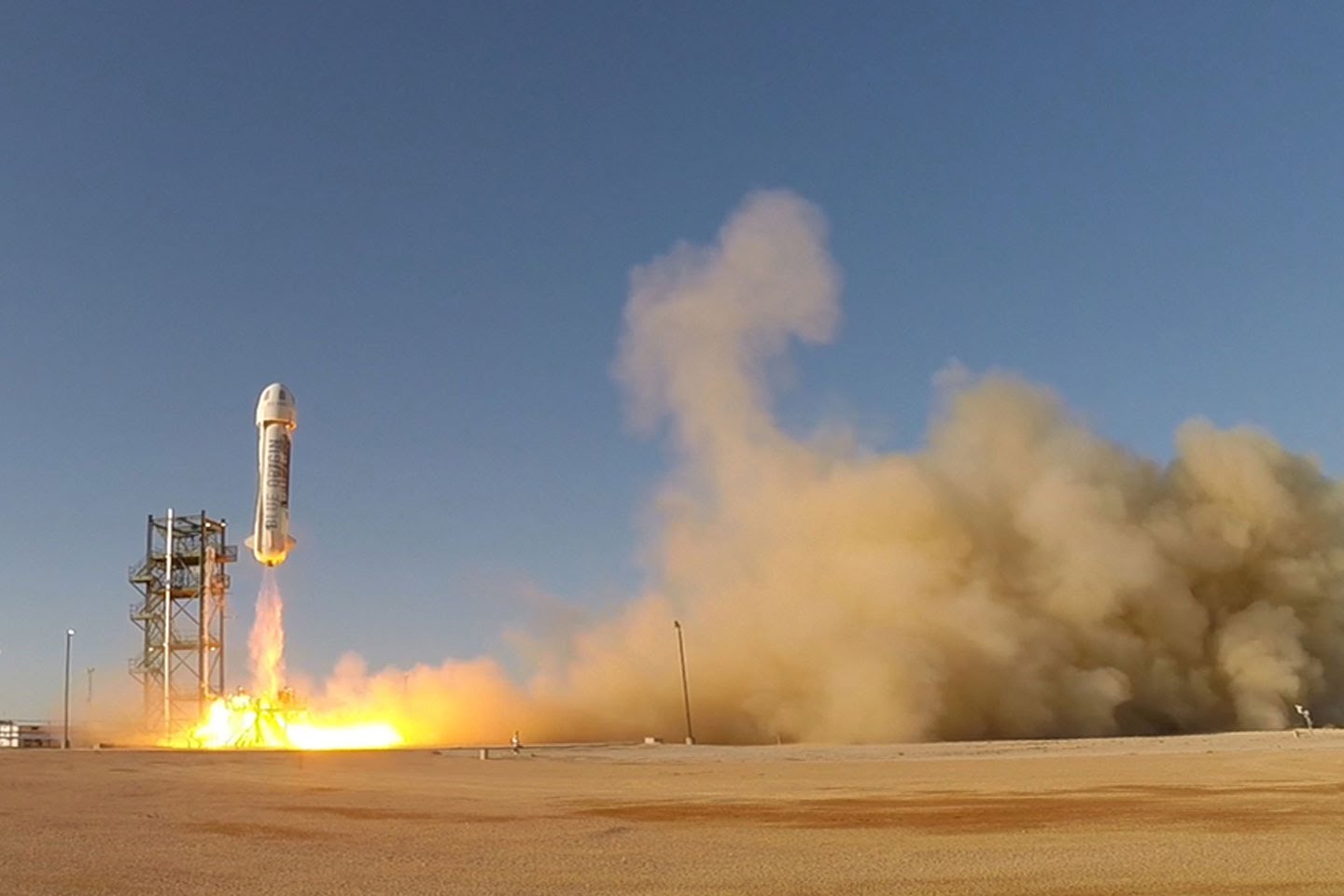

Two follow ups on the previous post about the great news last week on space exploration. Competition in bragging rights heats up. Guesses on the cost for the successful launch of a commercial satellite by Japan.
11/24 – Space.com – Billionaire Battle: Jeff Bezos, Elon Musk Square Off on Reusable-Rocket Test – The competition and bragging rights is definitely heating up. It looks to me like making the brags very narrow in scope means they can all be true.
Let’s walk through the brags in the article.
Jeff Bezos claims Blue Origin has the first
“fully reusable booster stage”.
When we define Blue Origin’s tremendous achievement as being only a booster that is correct. Keep in mind Blue Origin’s goal is suborbital flight for tourists, which is still a huge goal.
Article says Elon Musk pointed out that in terms of reusable space rockets, the credit goes first to the X-15 way back in the 1960s. Two of those flights qualify as space flights. Credit for the second suborbital flight in a re-used vehicle goes to Burt Rutan whose SpaceShipOne made it to space twice in the same month back in 2004. His ship won the $10M Ansair X Prize for first reuse of a private spaceship.
So in limiting the brag to boosters, Jeff Bezos makes his brag correct.
Later, Elon Musk pointed out the difference in scope of Blue Orion’s booster compared to SpaceX. Suborbital launch requires power to achieve Mach 3 while a geostationary transfer orbit requires Mach 30. He points out the increased power is the square of the speed (which is news to me of course). That means
“the energy needed is the square, i.e. 9 units for space and 900 for orbital.”
That means the Dragon 9 needs to be designed for the size and power to have 100 times the thrust.
I’m just an accountant, but that seems to make sense.
Mr. Bezos’ rebuttal is the methodology used for his company’s spaceship recovery is technically more difficult than the method used by SpaceX. Again, I’m an accountant, but his explanation seems to make sense.
Final brag in the article is Mr. Bezos pointing out the most difficult part of all is nailing the soft landing. Of course, he nailed that first. Were I a betting man, I’d bet that SpaceX will nail a landing shortly.
In terms of other background, SpaceX has two failures on efforts to recover the booster. Read another article that said Blue Origin had a failure in an earlier test.
Again, it looks to me like all of the narrowly defined brags are correct, which I think is wonderful.
Also, every one of those incremental steps is a tremendous achievement.
It is fantastic there are two different viable competitors fighting for bragging rights. Go for it!
11/25 – Behind The Black – The launch cost of Japan’s H-IIA rocket – Previous article suggested the cost of Japan’s first commercial space launch was extremely high. Author found an article (for which the link isn’t working at the moment) which says the cost was about $80M. That is in contrast to around $70M charged by SpaceX for a Falcon 9 launch.
Announced goal for the in-process H3 rocket is about half that amount, or $40M. Article points out at that price it doesn’t have to be a reusable rocket.
As pointed out by the author in comments, the missing information is how much the Japanese government is subsidizing the launch, which means the actual cost likely is dramatically higher than $80M.
Regardless of the price, there is a new competitor in the global-wide launch business. Cool!